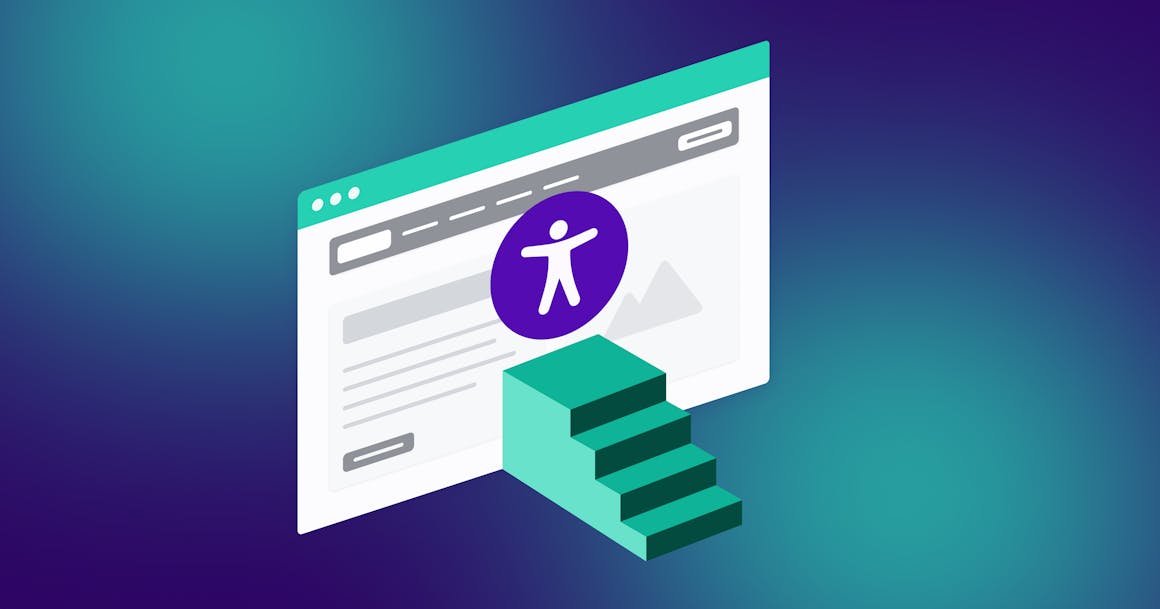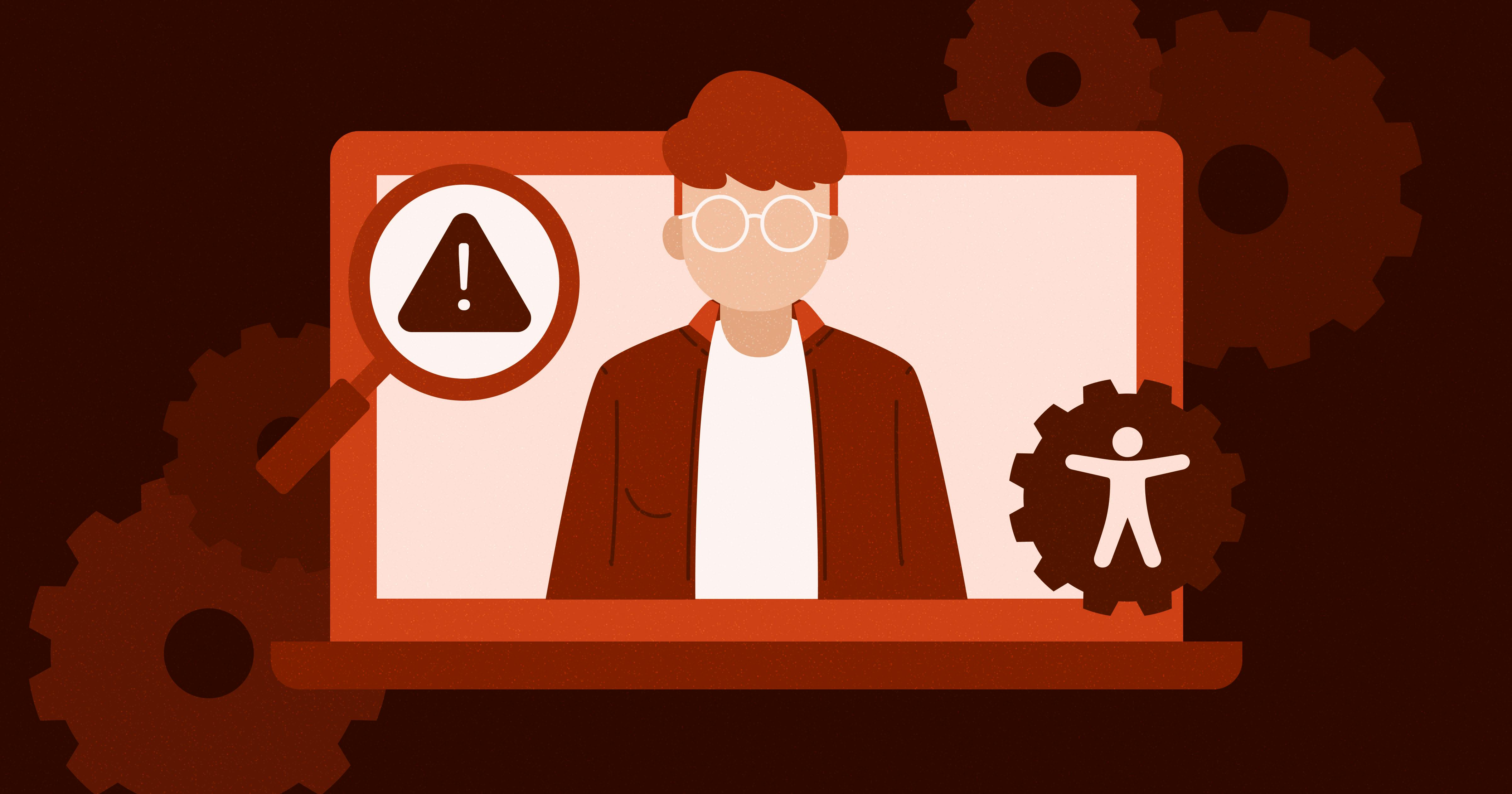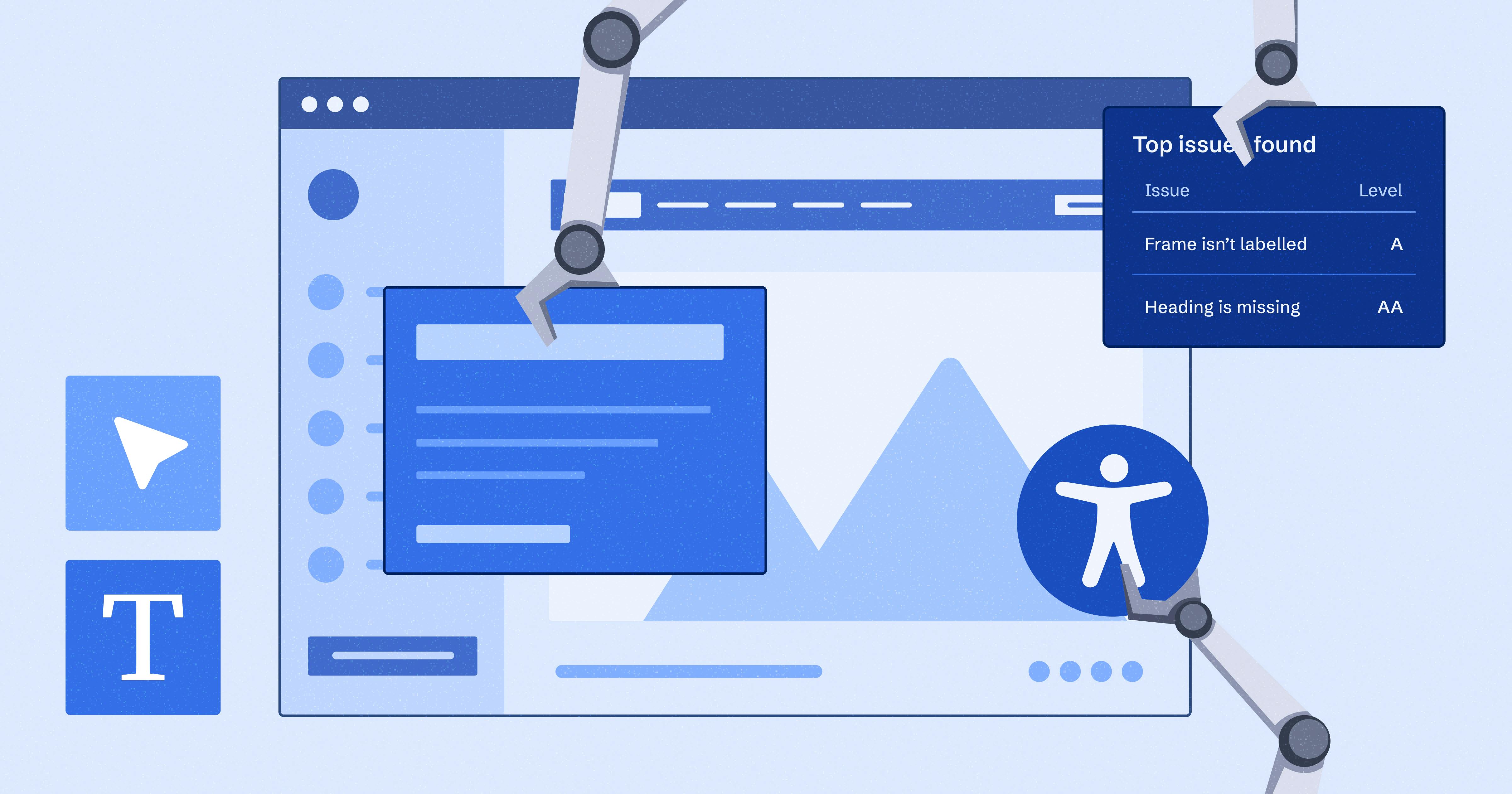5 Reasons Why SMB Websites Need To Be Accessible


Ready to see AudioEye in action?
Watch Demo
Learn what digital accessibility is, why it's important, and how small business owners can create a sustainable plan for accessibility.
Please note: This post originally appeared on Localogy Insider.
“I didn’t even know website accessibility was a thing, let alone something I could be sued over!”
Unfortunately, this sentiment is all too common a refrain from small business owners. As a Solutions Engineer at AudioEye and an International Association of Accessibility Professionals- Certified Professional in Web Accessibility (CPWA), I serve as a technical resource and subject matter expert for the AudioEye sales executives and also deliver training to customers. This puts me on the front lines of helping small business owners make sense of digital accessibility and plan for a better, more accessible future for their customers. It also gives me a unique perspective on the challenges small businesses face when they discover they need a digital accessibility solution.
You’d be hard-pressed to find a small business owner who isn’t aware that under the Americans with Disabilities Act (ADA), public places of accommodation must be accessible – ramps, rails, accessible bathrooms, elevators, accessible parking spaces – all of these are familiar indications of ADA compliance in the built environment. Yet, many of these same small business owners are often surprised to learn that their digital properties are also considered places of public accommodation and required to be accessible under the ADA – a fact that has recently been underscored by new guidance from the Department of Justice.
While a rise in litigation, a global pandemic that forced even more of our everyday lives online, and an increased focus on Diversity, Equity, Inclusion, and Accessibility (DEIA) initiatives have brought more awareness to the existence of digital accessibility over the past few years, that awareness hasn’t necessarily done much to help people understand exactly what digital accessibility is, why it’s important, and how to create a sustainable plan for accessibility.
What exactly is digital accessibility?
Digital accessibility is, in short, designing the digital world in a way that allows everyone to do what they need to do – access, interact, contribute, etc. – in a reasonable amount of time and without exerting extra effort.
The World Wide Web Consortium (W3C) sets the standards that are largely agreed upon as the international standards for digital accessibility, the Web Content Accessibility Guidelines (WCAG). Laws governing digital accessibility often refer either directly to WCAG or are developed from a subset of WCAG standards.
There are four overarching principles that guide WCAG. Digital content must be:
- Perceivable: Content must be available in ways that users can sense. For example, a user who cannot see the user interface will need images to have alternative text attributes that describe the important information in each image.
- Operable: All users must be able to navigate and interact with the content. Content that is only available to users when they hover over a particular area of the page with a mouse, for instance, is not available to users who are unable to manipulate a mouse.
- Understandable: The content on the page must make sense to the user. A great example of this is properly coding the language of the page or parts of the page, so a screen reader can detect when a foreign word or phrase is used. Just imagine trying to understand a French website while your screen reader attempts to read each word according to English spelling and pronunciation rules!
- Robust: The content is available and works across different devices, browsers, and with a variety of assistive technologies. This includes making sure that the information that is passed to assistive technologies is complete, accurate, and updated properly when needed, as well as ensuring that the code is parsed correctly.
Why is it important for my customer’s website to be accessible?
As a proud disabled person, an ally to other people with disabilities, and an accessibility professional, I believe accessibility is very simply the right thing to do. I find that there aren’t many people out there who disagree with this sentiment. But the right way isn’t always easy. The reality is that in the digital world there is a lot competing with accessibility – security, performance, search engine optimization (SEO), learning new frameworks and technologies, incorporating exciting new features – all of these can threaten to push accessibility to the back burner. Couple that with the reality that many web developers receive little to no accessibility training in their professional preparation programs, and you have a recipe for an accessibility disaster.
It’s not hard to see why accessibility often takes a backseat, but there are many reasons why it shouldn’t:
Accessibility is good business
Quite frankly, most small businesses can’t afford to lose customers. People with disabilities represent the largest minority group in the United States. Combined with their friends and families, people with disabilities have over $7 trillion in disposable income, according to a recent report on the Global Economics of Disability. Can your small business afford not to be accessible?
Accessibility helps everyone
Accessible digital content maximizes the user experience for everyone. In the built environment, automatic doors and curb cuts at the supermarket – while originally designed for people with disabilities – also make it easier for people without disabilities to get a cartload of groceries from the checkout to a car. Accessibility in the digital world works the same way. For example, using good color contrast results in a better experience for anyone viewing your content when lighting conditions aren’t ideal.
Increased SEO and higher quality code
One of the wonderful side effects of a focus on accessibility is that many of the things that help your site become more accessible to people with disabilities, also helps its content to be picked up by search engines. Further, a focus on accessibility can also result in higher quality code because of the focus on ensuring the code is robust enough to work in a variety of situations.
Corporate responsibility and PR
Who likes good publicity? Everyone! Being able to advertise the concern you have for producing accessible content sends a clear message to assistive technology users: we care about earning your business. The disability community is strong and vocal – companies that do right by people with disabilities earn the support of the community and their allies.
It’s the law
This is arguably the worst reason of all to begin working in earnest on digital accessibility but, as we’ve established already, it is all too common for legal action, either against one’s own site or against a site owned by a friend or acquaintance, to suddenly thrust accessibility into stark relief. It is my sincere hope that you never end up in this group!
How do I plan for accessibility?
First and foremost, you need to get started! While planning is an important piece, small business owners credit their success to hard work – and for good reason! Making a plan is not a substitute for taking action. That said, with accessibility, it’s important to be sure your plan is going to meet your needs in a sustainable way. Most small business owners aren’t going to have the resources to “go it alone” on accessibility. They may not have the knowledge and expertise to do so, and they may not have the kind of control over their code required to be able to make customizations necessary to produce accessible content. This means that businesses often must choose from the growing number of digital accessibility companies.
When choosing an accessibility company, like any other business decision, think back to what I like to call the “my mamma taught me” guidelines:
- If something sounds too good to be true, it probably is. For example, it is well known in the accessibility space that websites are constantly being updated and changed and automation cannot detect and fix everything. Beware of any solution that promises a 100% accessible site right away. Automation can make a big difference, especially early on in your site’s accessibility journey, but it cannot solve every accessibility problem (yet). Also, be wary of any claims to indemnify against lawsuits – read the fine print very carefully.
- You get what you pay for. In the accessibility space, there is a very large gap between the lowest-priced solutions and highest-priced solutions, and both of these options have pros and cons. A hybrid approach that combines the best of both worlds – automation and human assistance – in an effort to make quality accessibility solutions affordable to all, may not be the cheapest solution, but it’s the one that’s more effective and transparent. Keep in mind that, if you’re looking only at price, you could be sacrificing quality.
- Just because your friends are doing it doesn’t make it right. Be sure to take the time to learn about the different approaches to accessibility and make the decision that is right for you and your customers. Don’t make a decision that could be based on hype or misinformation. Do the research to find the solution that meets your needs.
- Slow and steady wins the race. No matter what solution or approach you choose to go with, or who you choose to partner with – accessibility is never a one-and-done thing. Just like you wouldn’t optimize your website for SEO or performance one time and never think about it again, you can’t work to make your site accessible once and expect it to stay that way forever. Look for a solution that allows you to monitor changes in your site’s accessibility over time and that allows you to grow in your accessibility journey with training materials and detailed reporting that helps you and your team learn to build more accessible content from the get-go.
I’m interested in accessibility, but I need more information…
Good on you for being ready to learn more! In April 2022, AudioEye released a new whitepaper, Building for Digital Accessibility at Scale: AudioEye’s Research and Approach, designed to help everyone understand the state of digital accessibility today and explain AudioEye’s hybrid approach to digital accessibility.
I hope I’ll get a chance to meet you on a call or at one of Localogy’s upcoming events.
Ready to see AudioEye in action?
Watch Demo
Ready to test your website for accessibility?
Share post
Topics:
Keep Reading

How to Test Website Accessibility Without Automation Tools
Accessibility testing your site without automation can be costly if done wrong. Understand how to go about it, and why a hybrid approach may be better.
accessibility
April 02, 2025

AI Accessibility Tools: Benefits, Limitations, Applications, and Recommendations
AI makes finding and fixing accessibility issues faster and easier, but do they ensure compliance and great UX by themselves? Here’s our verdict.
accessibility
March 31, 2025

Improving Healthcare Delivery: How Quality Tech Products are Shaping the Future of Care
Discover how high-quality tech products are transforming healthcare delivery, improving patient outcomes, and future-proofing the industry. Learn key tech innovations and why accessible, inclusive design is critical.
accessibility
March 26, 2025
